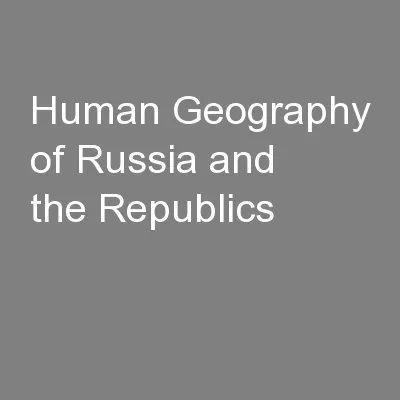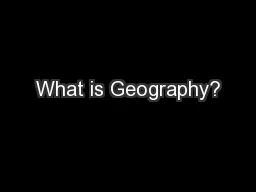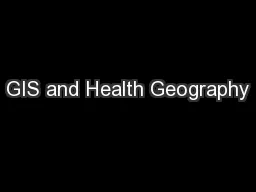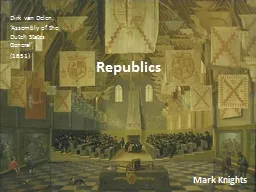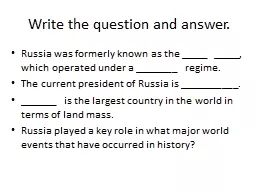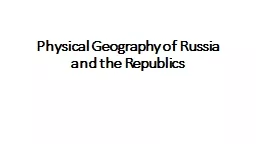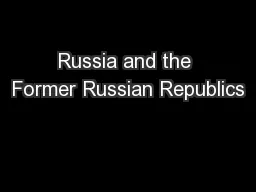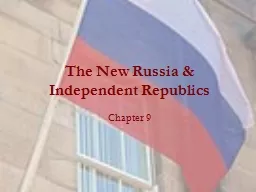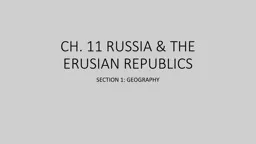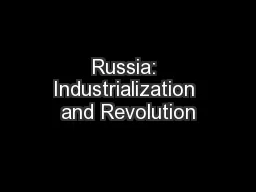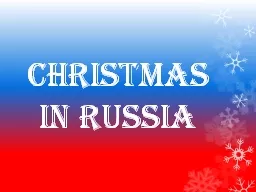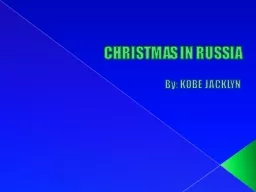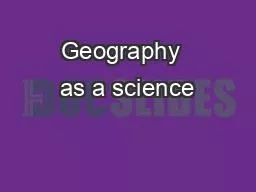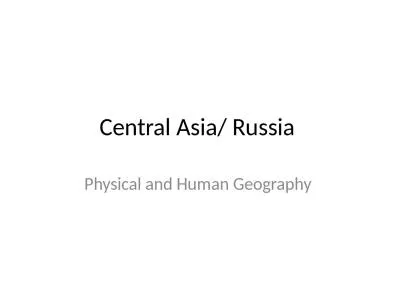PPT-Human Geography of Russia and the Republics
Author : conchita-marotz | Published Date : 2016-07-02
Russias Origins and Growth The Russian state began in the region between the Baltic and Black seas In the 9 th century Vikings built a settlement for the regions
Presentation Embed Code
Download Presentation
Download Presentation The PPT/PDF document "Human Geography of Russia and the Republ..." is the property of its rightful owner. Permission is granted to download and print the materials on this website for personal, non-commercial use only, and to display it on your personal computer provided you do not modify the materials and that you retain all copyright notices contained in the materials. By downloading content from our website, you accept the terms of this agreement.
Human Geography of Russia and the Republics: Transcript
Download Rules Of Document
"Human Geography of Russia and the Republics"The content belongs to its owner. You may download and print it for personal use, without modification, and keep all copyright notices. By downloading, you agree to these terms.
Related Documents

